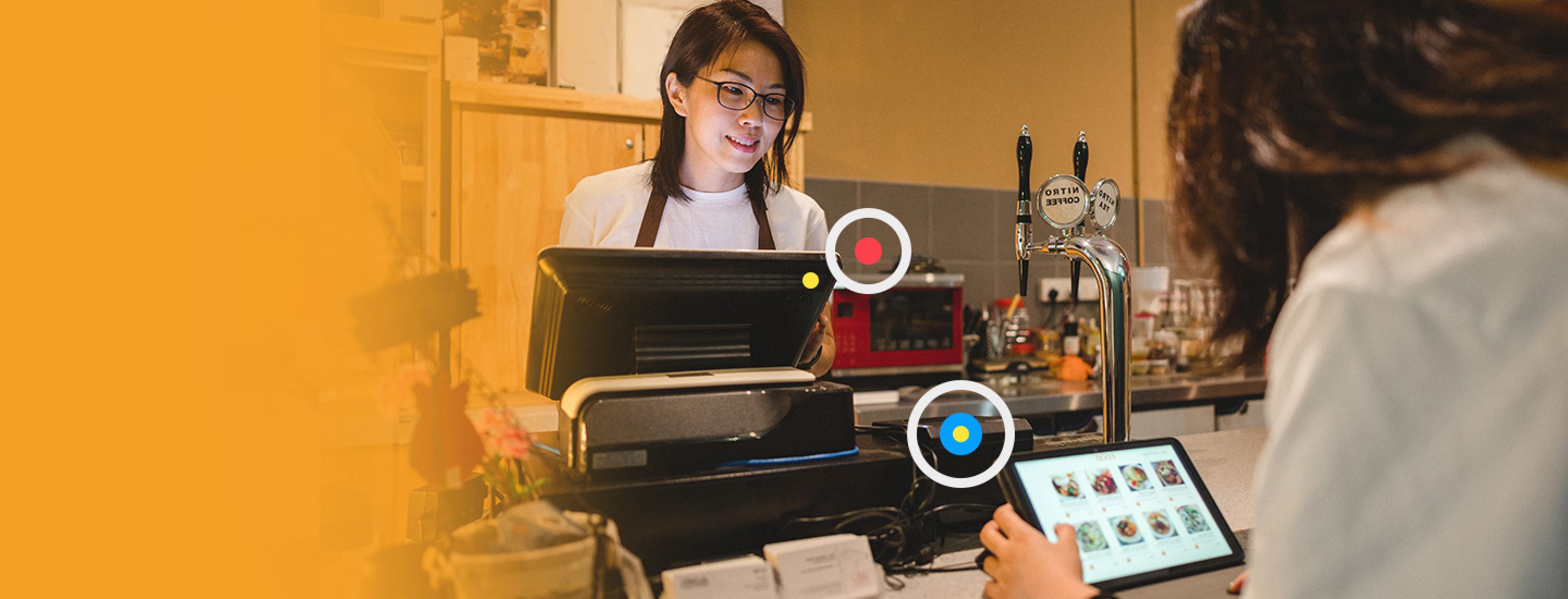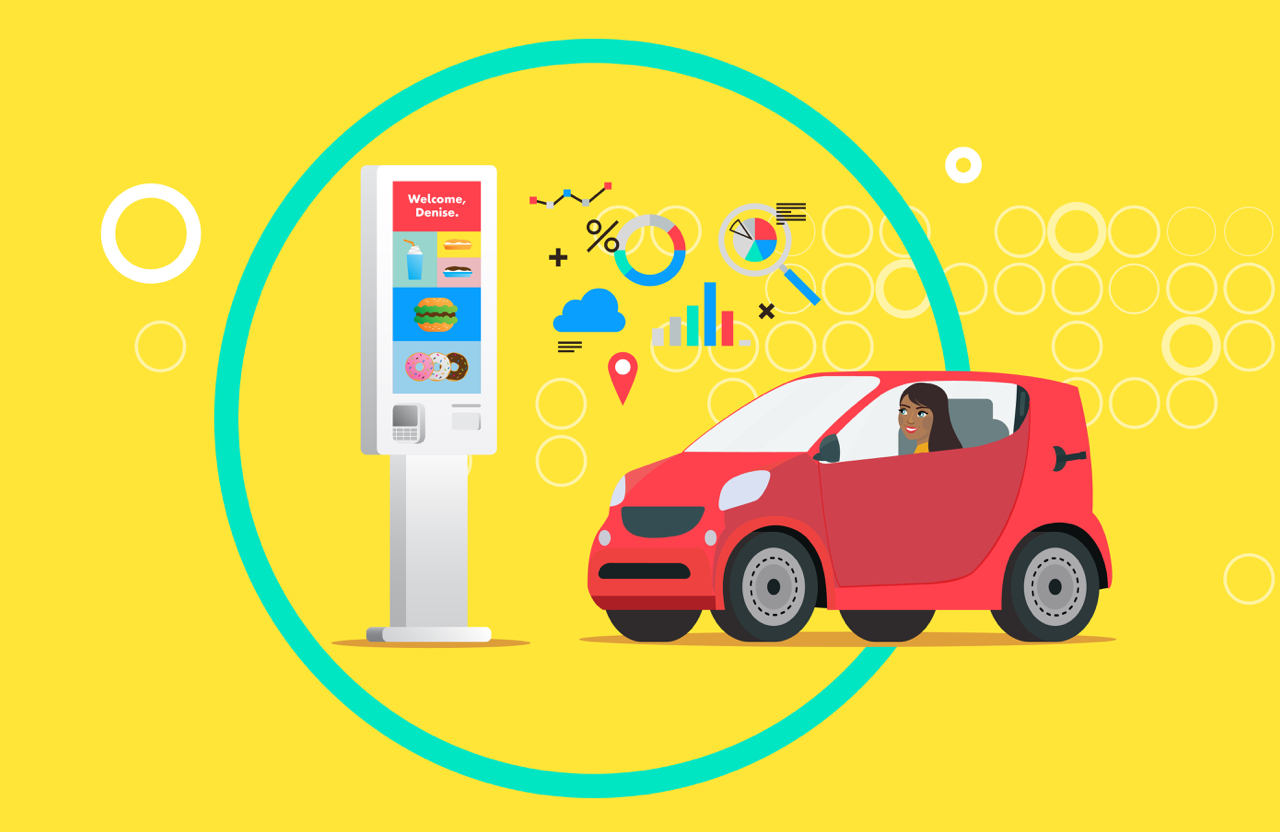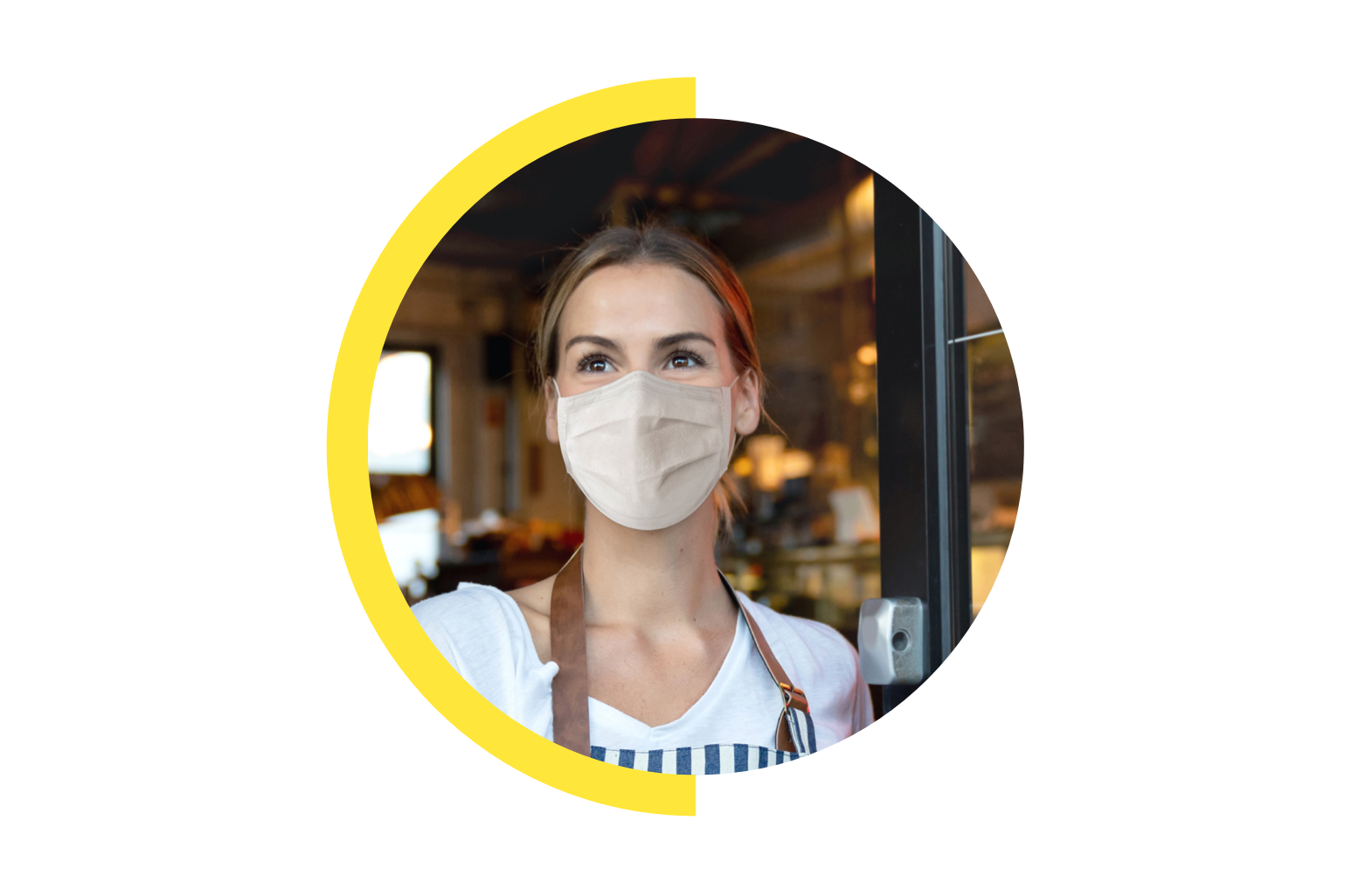What issue can we solve for you?
Type in your prompt above or try one of these suggestions
Suggested Prompt



5 Ways Artificial Intelligence Is Transforming the Restaurant Industry
5 Ways Artificial Intelligence Is Transforming the Restaurant Industry
Fully automated fast food restaurants powered by artificial intelligence (AI) used to be a farfetched goal for the dining industry—but recent AI advancements are making this goal more realistic every day. The CEO of Sweetgreen, a U.S.-based quick-service restaurant chain, expects that all restaurant locations will be automated in just five years, according to CNBC reporting.
However, restaurant employee shortages are chipping away at customer dining experience and profits. The industry has struggled to re-employ crew members since the COVID-19 pandemic. In early 2023, staffing was still 3.6 percent below pre-pandemic levels, according to the National Restaurant Association.
While full-scale automation is a long-term solution for understaffed restaurants, the restaurant industry needs to figure out how to implement AI successfully in the interim, to not only improve the customer experience but improve the employee experience as well.
"A renewed investment in end-to-end employee experience will not only drive revenue in the long term, but it’s also necessary to make it through inflation in the short term."
How is AI used in restaurants?
Traditionally, restaurants have used AI to increase revenue and improve the customer experience through personalized marketing, as well as for forecasting demand and surfacing customer insights. AI can quickly analyze vast amounts of customer data, helping restaurants make purchasing and advertising decisions.
But with the advancement of generative AI and overall smart kitchens, restaurants have a lot more opportunities to integrate AI into the back end of the dining experience, from streamlining food preparation to automating digital signage to managing restaurant inventory.
These are five of the top use cases for AI in the restaurant industry in 2024 and beyond:
Automated or robotic kitchen assistants
Sometimes referred to as “co-bots,” or collaborative robots, back-end kitchen assistants are adopting AI to accelerate the cooking process. In the past, these robots were complex and costly to scale—as well as cumbersome to use for back-end crew members.
Through AI, these robots could reduce crew size and improve employee satisfaction. But in the short term, the robots must be easy to use, and will most likely complement current line activities rather than replace employees.
The big question surrounding the use of these robots is what their potential ROI will be. It's important to factor crew experience into that metric.
Robotic kitchen assistants in action: Miso Robotics, an automation technology company for restaurants, has partnered with various global chains to develop AI cooking robots to make tortilla chips, fry food and dispense drinks. Dexai Robotics recently began its first chain partnership with a U.S.-based fast casual chain where its robot “Alfred” will fully assemble bowls following brand recipes.
Smart kitchen technology
Smart kitchens combine automation, customer geolocation and predictive analytics to create a more streamlined end-to-end dining experience. Advanced AI can make kitchens even smarter, by connecting point-of-service (POS) data to sales and operations in real time, allowing restaurants to pivot quickly and automatically to predict and reduce stock-outs, customer trends and behaviors.
To further improve experience, restaurants can connect customer and POS data to back-end employee data too. For instance, if a restaurant is understaffed, the mobile app could send a message about timing delays to customers ordering on the go, preventing overworked staff and frustrated diners.
Real-time insights in action: Opentable, the online restaurant booking service, is partnering with an integrated payments and technology company to connect booking data with restaurant POS data, allowing restauranteurs to automatically see what time guests are seated, what course they’re on, and which guests are the most loyal.
AI-powered digital menu boards
Digital menu boards behind the counter and in the drive-thru help crew members, as well as customers, and recent digital innovations are pushing their capabilities even further. A Premise Solution allows restaurants to run A/B content in real-time tests and uses customer data to drive merchandising decisions. Modern digital menu boards integrate with POS to achieve total ROI.
New digital menu boards improve customer experience as well as employee experience, as crew members can update menu items and promotions manually and automatically, making it easier for employees during inventory shortages when certain menu items or ingredients aren’t available.
Automated digital menu boards in action: Starbucks is just one QSR chain that plans to roll out digital menu boards within all store locations, according to a 2023 earnings call. Other restaurant chains, like McDonald’s, are hyper-personalizing drive-thru message boards, using license plate technology for customized recommendations and individual greetings.
AI-powered drive-thru
Many restaurants are testing natural language processing and generative AI to take orders from customers over the phone or in the drive-thru. While order accuracy and customer comfort are still barriers to widescale adoption, this technology not only improves customer experience, but also creates time for employees to focus on faster order preparation and better customer service.
If QSR chains can automate all drive-thru customer service, crew members can spend all their time on expo, prep and customer interactions inside.
Drive-thru chatbot in action: Wendy’s has piloted a fully automated, contactless drive-thru experience, where customers interact with a chatbot rather than a staff member. The U.S.-based chain is utilizing generative AI to test the idea, hoping to reduce time and errors with customized orders. Other brands are following suit, like CKE Restaurants (Carl Jr's and Hardee's) and Del Taco, implementing generative AI-powered voice ordering in the drive-thru, even using the technology to upsell customers with sides and drinks.
AI-powered computer vision
Some QSRs have started using vision AI, also known as machine vision, in the back-of-house to monitor food waste, customer foot traffic, quality and safety measures, all in an effort to reduce costs and streamline operations.
In the future, restaurants can use computer vision to monitor order preparation, alerting employees to errors in real time. This technology can even help train new employees, walking them through the cooking and expo process.
Computer vision in action: One sustainable solutions provider is working with retailers, restaurants and hospitality companies to reduce food waste through digital scales and computer vision. The technology tracks how and where food is being wasted so employees can shift their processes, reducing costs for restaurants in the long run.
Top three strategies for successful AI implementation in the restaurant industry
While every quick-service restaurant chain has unique priorities, there are three approaches to AI investments that can meaningfully reduce employee turnover, improve employee experience and prepare QSRs for an automated future.
1. Start with your employees
Often, technology investments are led by customer needs while employee needs are left as a second-choice consideration. Yet, customers feel the brunt of employee shortages, through slower service and incorrect orders.
By focusing on very specific use cases to support tasks employees consider burdensome, back-end operations technology and AI ordering software can change the focus of employee work from intensive and repetitive labor to stellar customer interactions and quality assessment. Small, employee-led digital innovations can improve customer experience just as much as customer-led digital innovation.
2. Keep it simple and scalable
The key to sustainable digital transformation is scalable solutions. Often, these solutions may not be cutting-edge but are, in fact, long overdue. For restaurant chains looking to build a digital foundation, the first step is modernizing POS systems, omnichannel digital touchpoints including apps, .com and menu boards, and back-end operations.
3. Implement change management
At the same time, automated customer insights or robotic kitchen assistants won’t provide maximum ROI. Positioning technology in a way that enables employees to do their jobs more efficiently and with a sense of purpose is mandatory for a successful deployment. Employees must feel that technology is a tool provided to them by employers to help them deliver better customer service, rather than a technology that’s replacing them.
The future of AI in the restaurant industry
As food and dining brands invest in artificial intelligence, the players that prioritize a solid data foundation and tie in new technology to a holistic customer and employee experience will experience the best ROI on new investments.
Reach out to Publicis Sapient experts below to map out your restaurant’s future growth using artificial intelligence.
Related Reading
-
![]()
How Restaurants Can be a Model for Digital Transformation
The future of the restaurant industry is digital. Here's how you can get ahead of the curve
-
![Digital Menu Boards: The Future Has Arrived]()
Digital Menu Boards: The Future Has Arrived
Customer data and AI are redefining onsite menu boards. Relevant customer experiences can go a long way to increasing engagement and building loyalty.
-
![The Need to Re-define the Restaurant Experience]()
The Need to Redefine the Quick-Service Restaurant Experience
How to plot a recipe for success in the quick-serve dining model.











